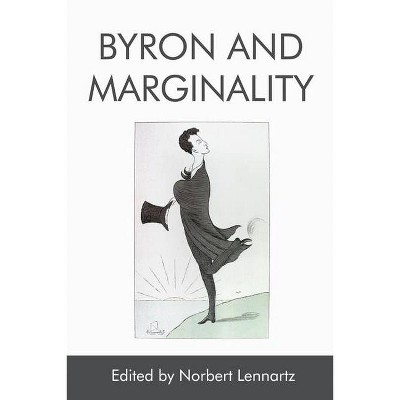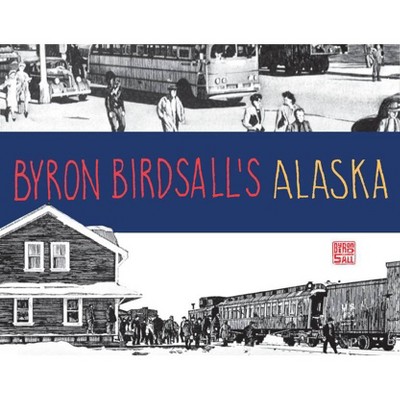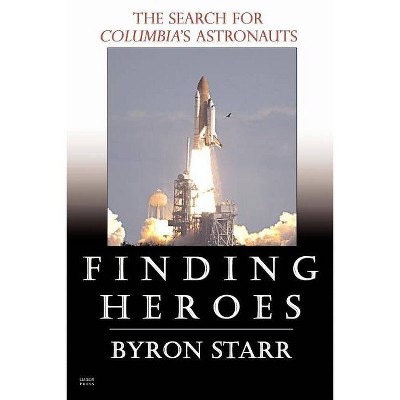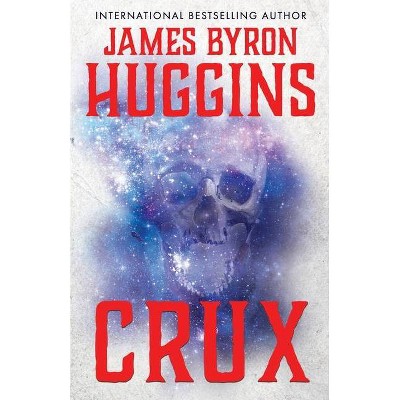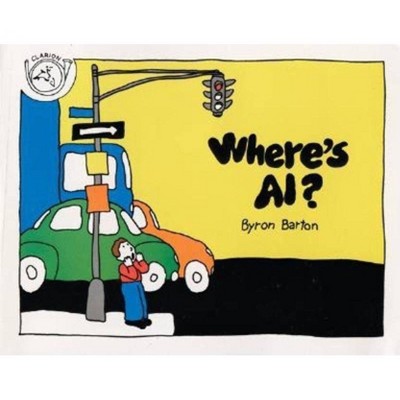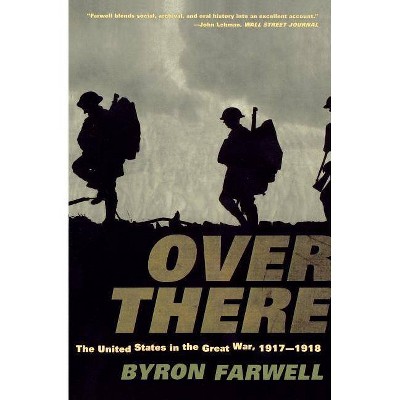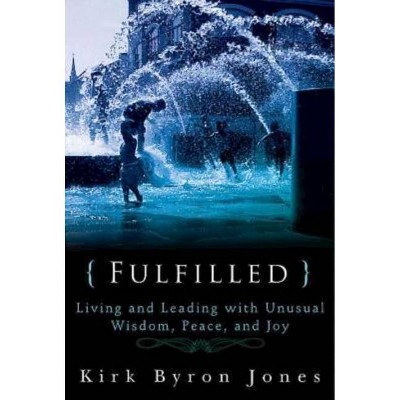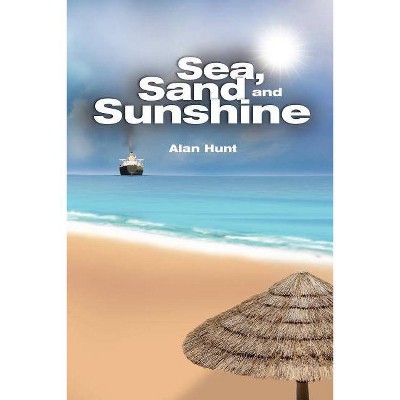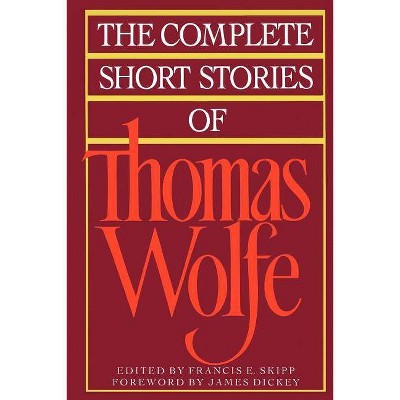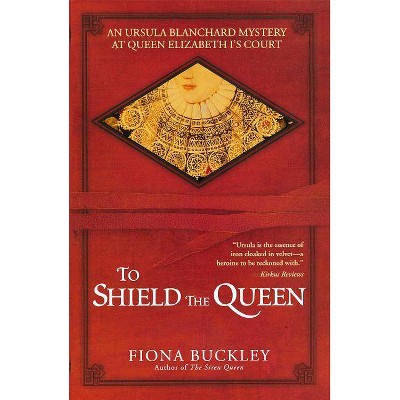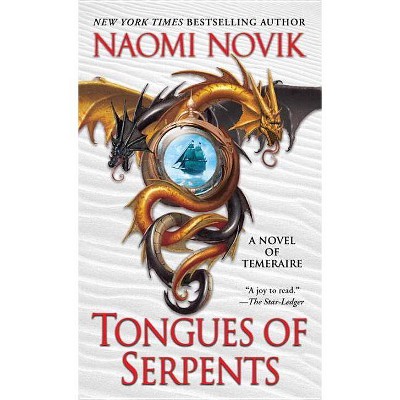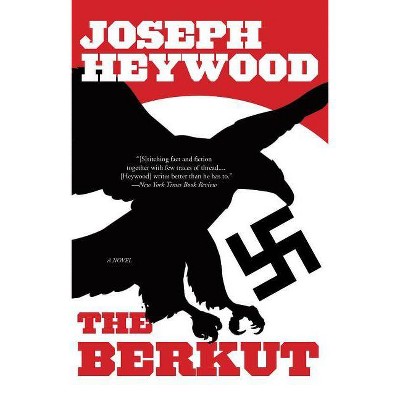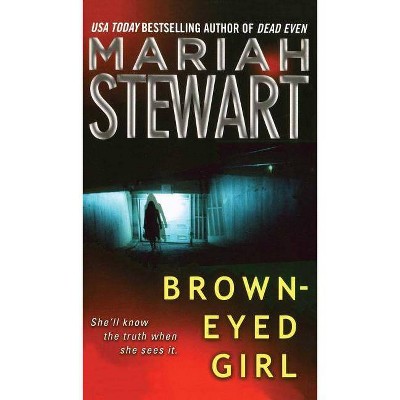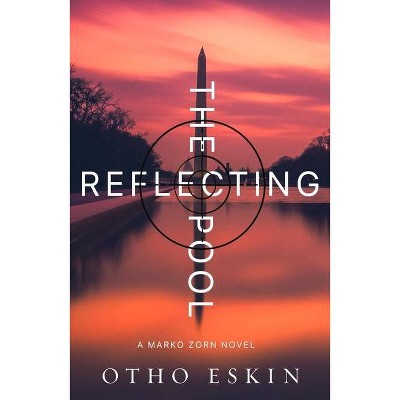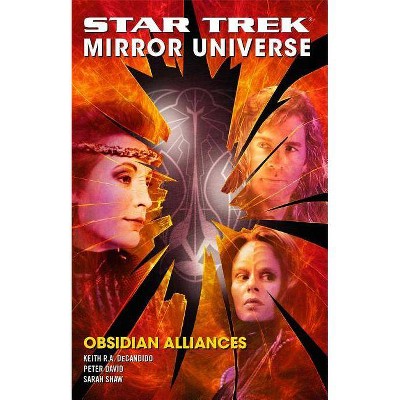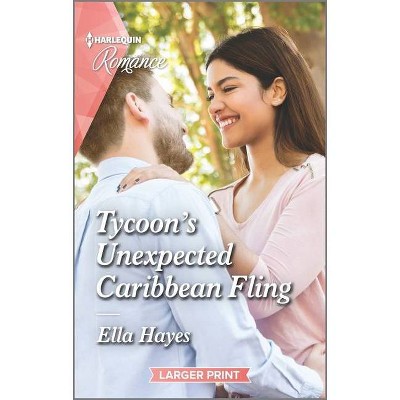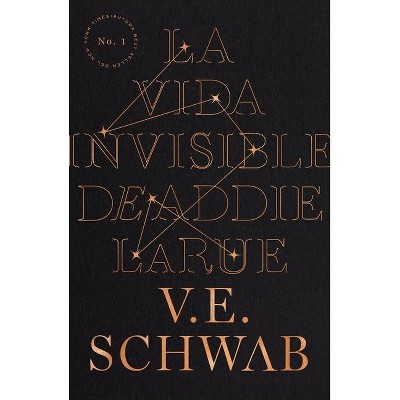Byron and Italy - by Alan Rawes & Diego Saglia (Paperback)
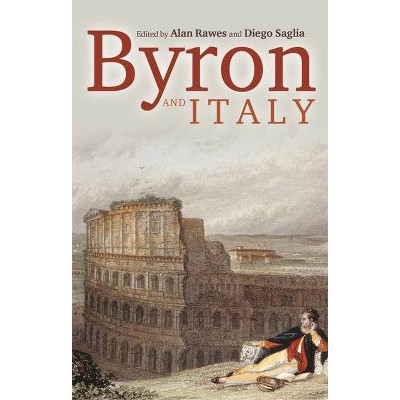
Similar Products
Products of same category from the store
AllProduct info
<p/><br></br><p><b> About the Book </b></p></br></br>How did Italy Italianise Byron? And how did Byron Byronise Italy? These are the key questions that the volume sets out to answer.<p/><br></br><p><b> Book Synopsis </b></p></br></br><p><strong>Winner of the Elma Dangerfield 2018</strong> <em>Byron in Italy</em> - Venetian debauchery, Roman sight-seeing, revolution, horse-riding and swimming, sword-brandishing and pistol-shooting, the poet's 'last attachment' - forms part of the fabric of Romantic mythology. Yet Byron's time in Italy was crucial to his development as a writer, to Italy's sense of itself as a nation, to Europe's perceptions of national identity and to the evolution of Romanticism across Europe. In this volume, Byron scholars from Britain, Europe and beyond re-assess the topic of in all its richness and complexity. They consider Byron's relationship to Italian literature, people, geography, art, religion and politics, and discuss his navigations between British and Italian identities.</p><p/><br></br><p><b> From the Back Cover </b></p></br></br>Byron in Italy - Venetian debauchery, Roman sightseeing, revolutionary politics in Ravenna, horse riding, swimming, sword-brandishing, pistol shooting, and the poet's 'last attachment' - forms part of the fabric of Romantic mythology. Yet Byron's time in Italy was crucial to his development as a writer, to Italy's sense of itself as a unified nation, to Europe's perceptions of national identity and to the evolution of Romanticism both in Britain and on the Continent. It was also in Italy that Byron honed the dazzling protean ability to reinvent himself, as both poet and cultural icon, which continues to speak directly to readers today. As history again forces Britain to rethink its relationship with the rest of Europe - and Europe to rethink the British - this volume brings together Byron scholars from the UK, Europe and the US to re-assess the topic of 'Byron and Italy' in all its inter-national complexity. It considers Byron's relationship to Italian literature, people, society, geography, art, religion and politics. It discusses Byron's sinuous navigations between British and Italian identities. It sets Byron's writing in Italy - poetry and prose - against a range of contemporary and modern-day contexts - from tourism to ethnography, from Italian sexual <i>mores</i> to geocriticism, from paramilitary uprisings to parabasic downplayings - to better understand the ways in which Italy Italianised Byron and Byron Byronised Italy.<p/><br></br><p><b> Review Quotes </b></p></br></br><br><br>Byron and Italy is a most welcome contribution in the field which offers fresh approaches on current debates and opens new investigative paths by posing searching, original, and timely questions. - Maria Schoina, Aristotle University of Thessaloniki, Greece, The BARS Review, no. 51, Spring 2018 <br><p></p><br><br><p/><br></br><p><b> About the Author </b></p></br></br><br><strong>Alan Rawes</strong> is Lecturer in Romanticism at the University of Manchester <p/><strong>Diego Saglia</strong> is Professor of English Literature at the University of Parma<br>
Price History
Price Archive shows prices from various stores, lets you see history and find the cheapest. There is no actual sale on the website. For all support, inquiry and suggestion messages communication@pricearchive.us
